
So let’s talk about the PIN tactic in chess. A pin is when one piece restricts the movement of an opponent’s piece because moving it would expose a more valuable piece to capture.
Only long range pieces:- Queen, Rooks and Bishops can be used to pin.
Pins are achieved on Ranks, Files and Diagonals. Several puzzles were set up on boards to illustrate the tactics and strengths of the Pin. The difference between Pins and Skewers was also explained briefly.
Two Types Of Pins
- Absolute Pins: A piece is pinned against the king and cannot move because it would put the king in check, which is illegal.
- Relative Pins: A piece is pinned against a high-value piece like the queen. Moving the pinned piece is legal but usually inadvisable because it would result in a significant material loss.
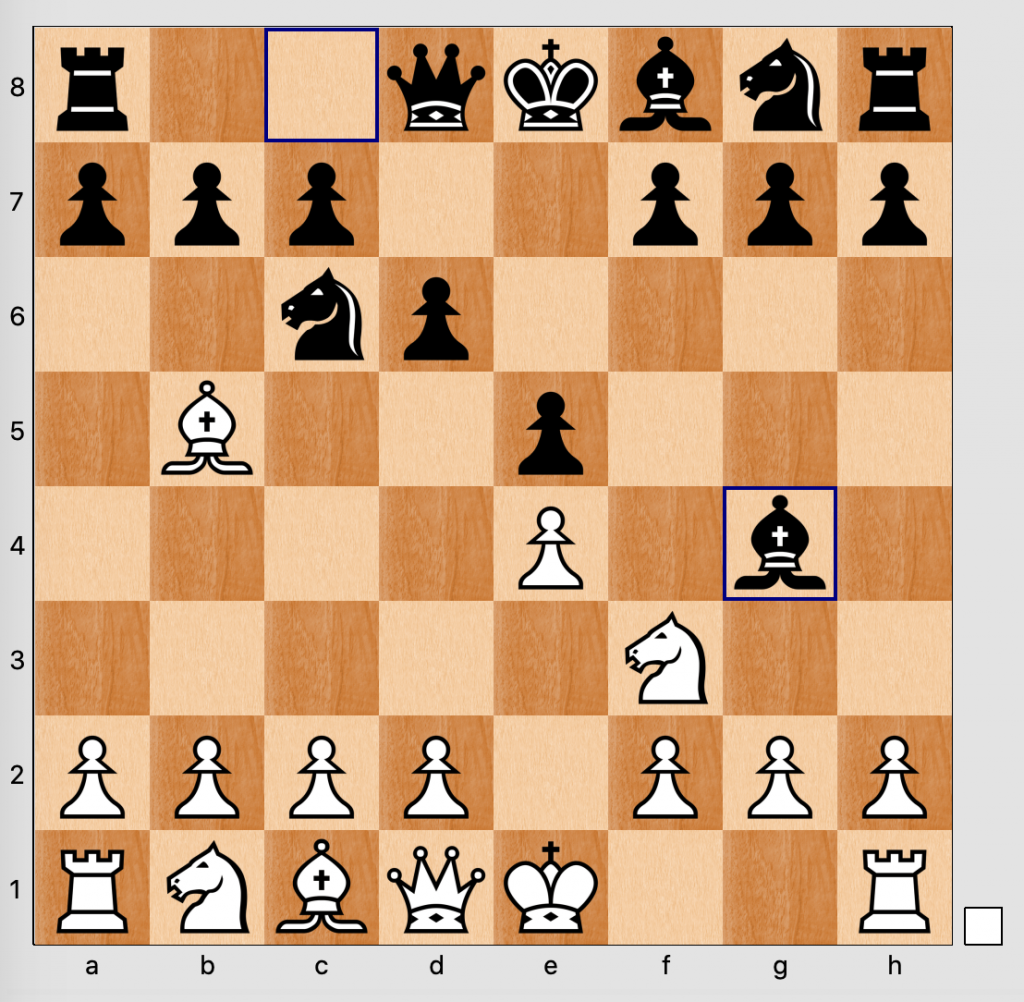
White’s Bishop has a Absolute Pin on the Knight against the King, whereas Black’s Bishop has a Relative Pin against the Queen
How Pins Can Be Used to Gain Material Advantage
- Simple Pins: An example of a simple pin is where a rook or bishop pins a piece against a higher-value piece, leading to a straightforward material gain.
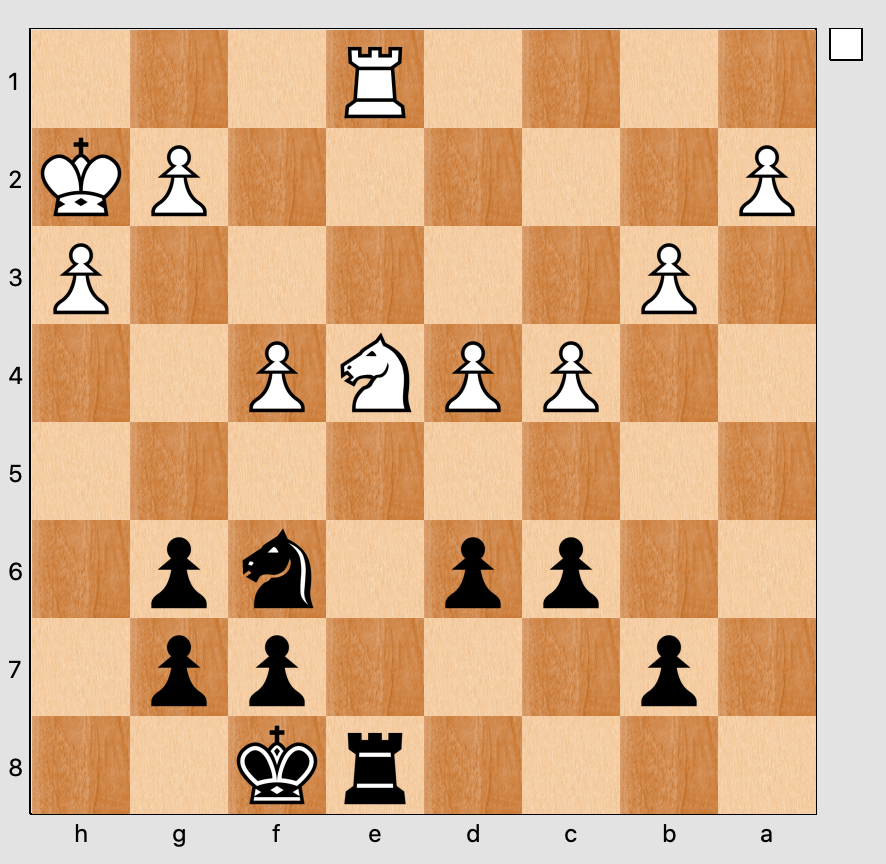
Here the Black Rook pins White’s Knight as White’s Rook is unprotected.
- Intermediate Pins: Intermediate pins are more complex scenarios where the pin is part of a combination of tactics, such as deflection or sacrificing a piece to set up the pin.
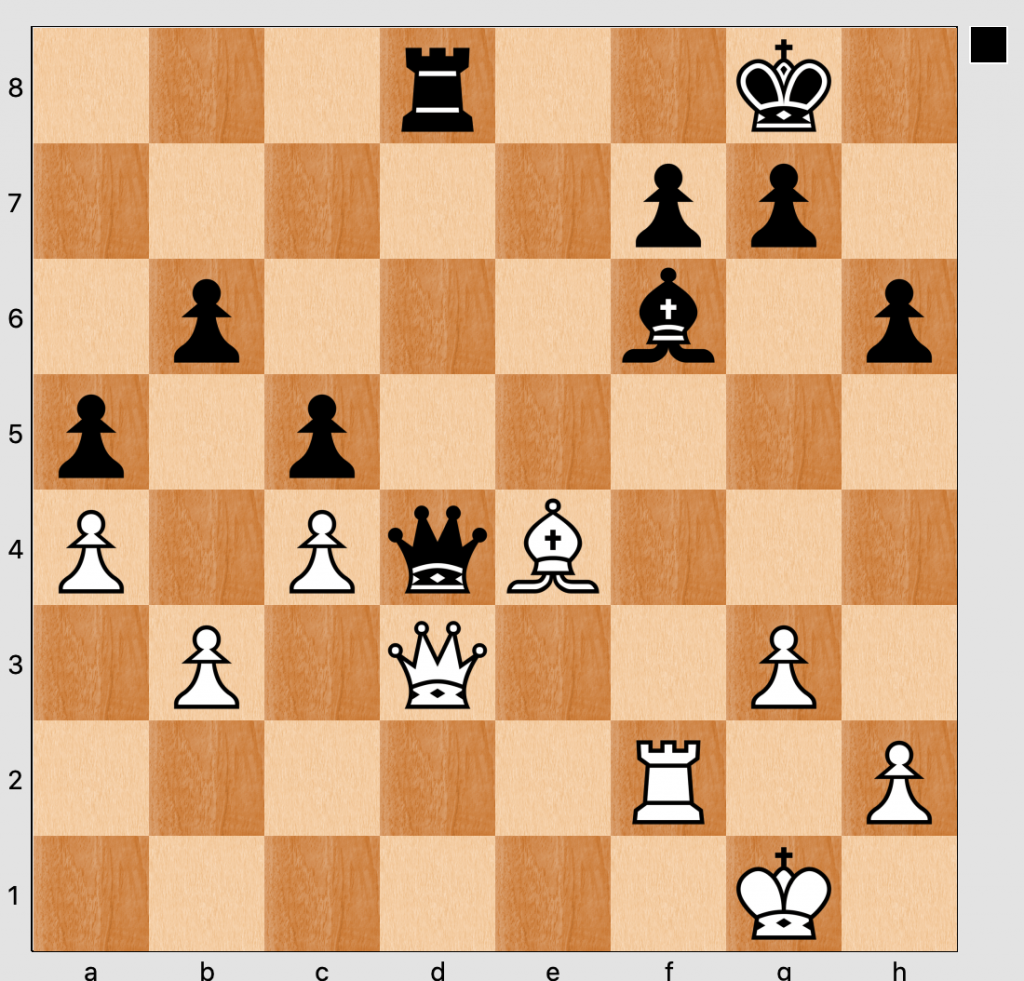
This example shows Black’s Queen is Pinning the Rook against the King, but Queen for Rook is not a good exchange, so with Black to move, Queen takes Queen, Bishop takes Queen.
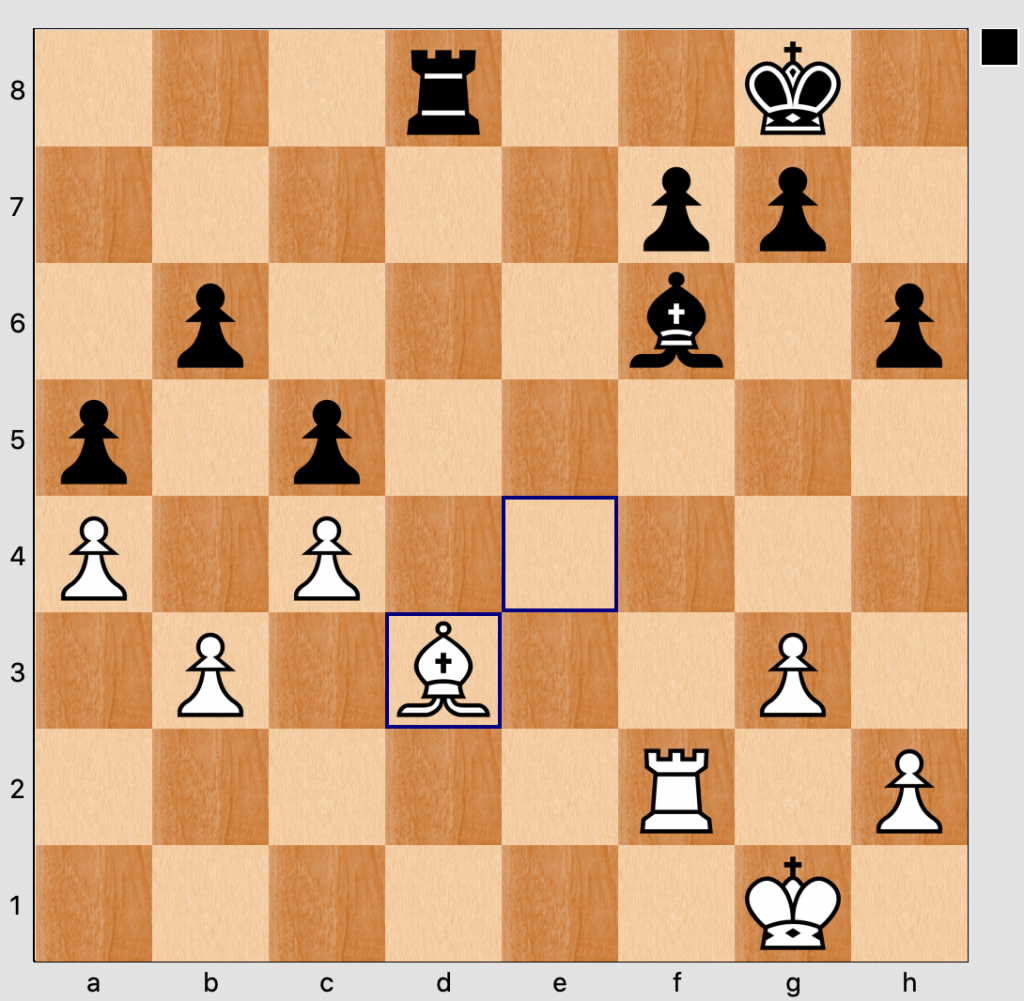
Now Black’s Bishop can move to pin the Rook, with a much better exchange.
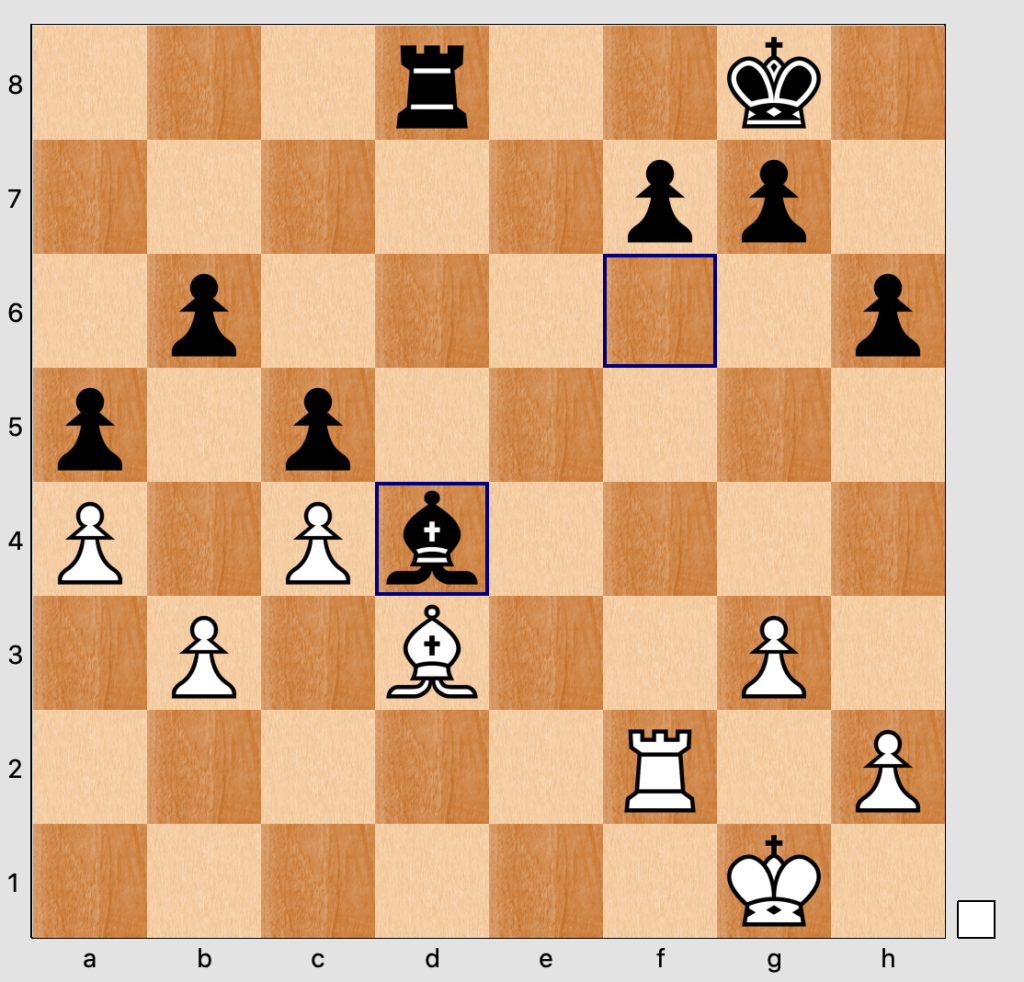
Remember that you “don’t have to take a pinned piece“, if it causes problems for your opponent then leave it, as long as it’s safe to do so. More importantly, attack a pinned piece with a Pawn or another piece.
Being able to recognise potential pin patterns and understanding how to exploit them effectively are important skillsets to develop in your chess game. While focusing specifically on pins in this lesson, successful chess play involves integrating multiple tactics like Forks, Skewers, Discovered Attacks, Removing the Guard etc etc, to create powerful moves and combinations. All these will be covered (again, for some members) over the next few weeks.
I encourage you to practice recognising and use pins in various positions to improve your overall tactical awareness and skill.
Rook and King checkmating techniques
Last week we went through checkmate with King and Queen (Kiss of Death), this week it was the turn of the King and Rook against the lone King.
It is important to know how to execute these two mating patterns as they will come up repeatedly in games you play in the future.
Online chess websites:-
These sites can give you added tuition and the opportunity to play games, if you would like that.
Lichess.org
Chess.com
ChessKid.com
I look forward to seeing you all next week
Graham Morris